Cutting through the Noise - Key Trends to Increase Product Recognition
We’re living in a world with more Entrepreneurs than ever. In 2019, Forbes Magazine reported that Entrepreneurship was already on a sharp increase. This has been especially prominent in the UK with the rise of community office spaces and supportive “mentoring-type” networks.
Though 2020 saw uncertain career prospects for many due the global Covid Pandemic, a great proportion of those made redundant also turned to starting up their own business. We (Pactivate) have already seen this increase from our own inbound enquiries.
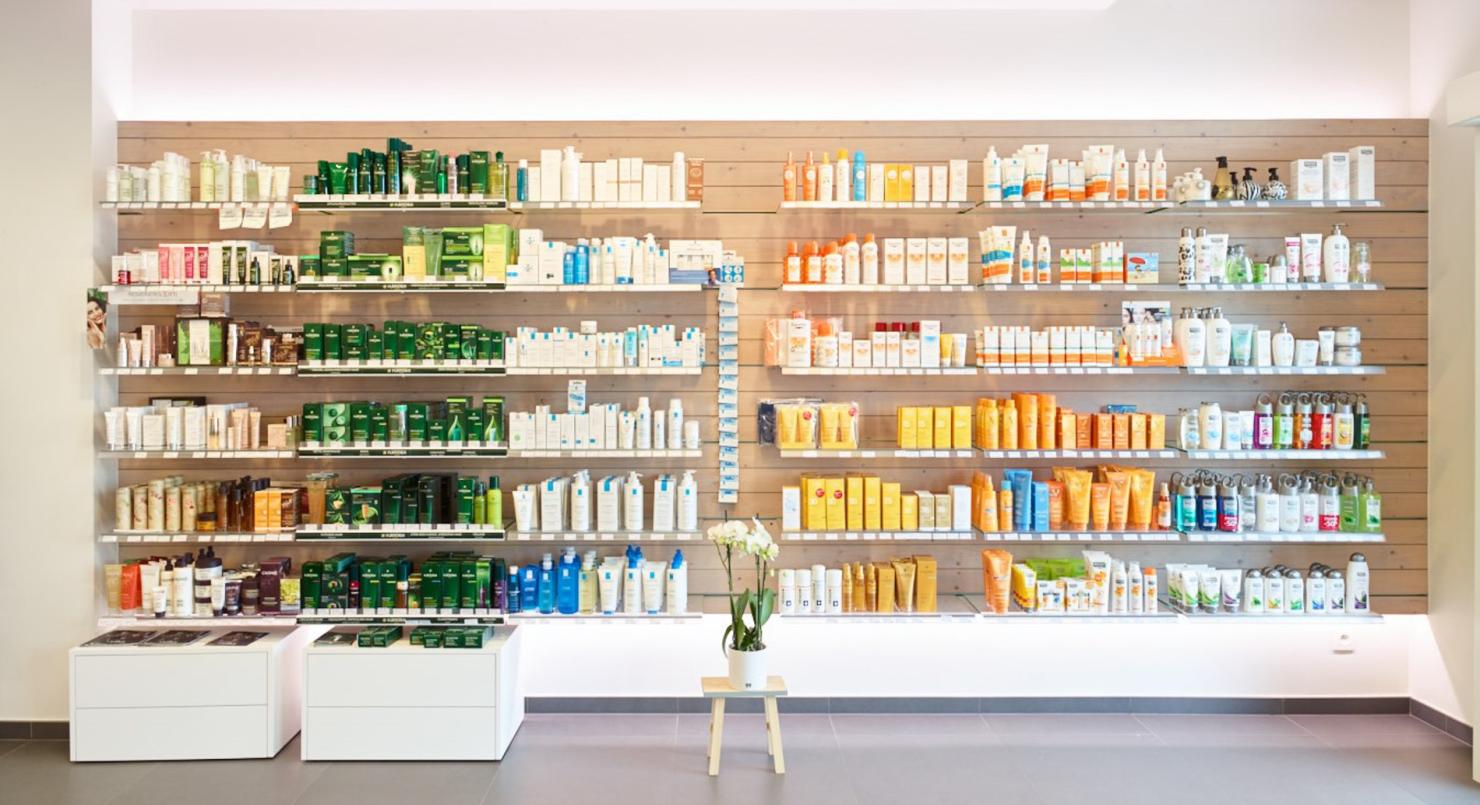
More Entrepreneurs means more product choice, and with consumers more willing to support small businesses in a bid for ethical industry practice, even household brand names may have to up their shelf-presence game to cut through all this new noise.
You might ask yourself “Are trends still relevant?”
Though “Fad” trends have become potentially less relevant due to increased consumer awareness (think of fast-fashion brands that push out 50+ collections a year, who are now being pressured to slow down), trends in themselves are still very relevant, especially when born out of social change felt nationally or globally. It comes as no surprise then that 2020 was a huge catapult for new emerging trends, and with the effects of the pandemic predicted to last a few years yet, these trends are likely to only cement themselves further.
Taking some key 2021 trends we have seen pop-up in many forecasting articles, here’s how you can utilize them to boost your product visibility and brand loyalty.
1. Sustainability
Arguably now more of a necessity than a trend, the focus on sustainability in design and manufacture is set to continue rising.
A study by Trivium in 2020 found that 72% of consumers were willing to pay more for sustainable packaging for personal care and beauty, and 74% were willing to pay more for beverage products.
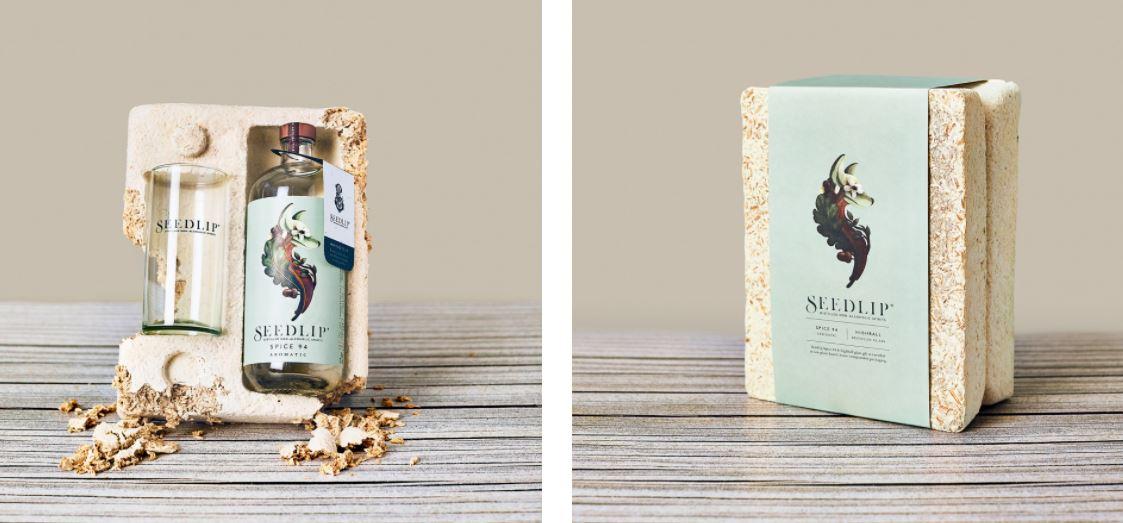
Seedlip introduced their Mushroom based gift set made with Mycelium Technology in September 2020
So what makes packaging sustainable? There are lots of factors to take into account, the key ones in industry right now seem to be as follows:
- Eliminating toxic chemicals
- Reuse Models
- Recyclable and Compostable materials
- Sustainable supply-chain and manufacture processes
It’s important to remember that although deeming sustainability as important, consumers likely won’t spend time checking the small-print of packaging for this information, so the clearer it is presented to them the better.
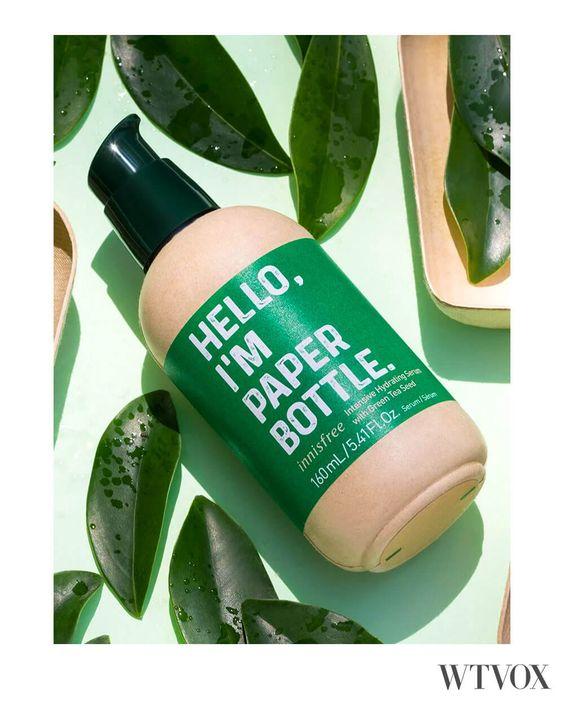
Another relevant point to note with the current pandemic still ongoing, is that although many worried early on that a demand for hygienic packaging would disrupt sustainable packaging developments, it has now been found that porous materials such as cardboard and mycelium show lower transmission of the virus, making it not just a more sustainable option than plastic, but a more hygienic one too!
If you want to know more about sustainable alternatives to plastic, check out a previous blog piece of ours: Six lesser-known Plastic Packaging Alternatives
2. Personal Connection
In a year with multiple lockdowns and social restrictions, 2020 saw consumers striving for human connection more and more. A trend which likely won’t be going away anytime soon, as we look towards the long-term rebuilding of communities even after the main effects of the pandemic subside.
Providing a more personalised experience for a range of consumers can also provide a higher sense of inclusivity, another consumer need that has risen in demand as a result of recent global events and increased awareness of social issues.
Adobe’s “State of Creativity” Survey found that 91% of creatives feel the events of 2020 inspired them to incorporate real-world issues into their creative work.
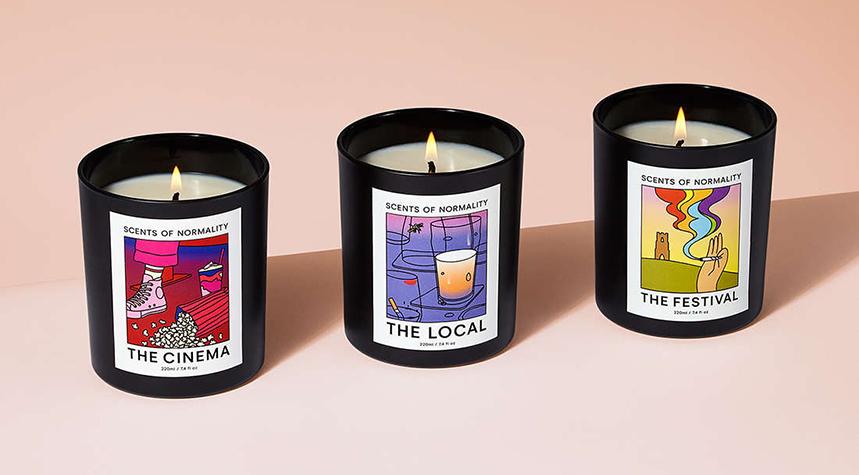
Personal connection through branding can be achieved in two main ways; customer personalisation and brand personalisation.
Customer Personalisation:
This could be individual to each customer, building on the Starbucks model of physically writing each customer’s name on their product, or in a broader sense of diving up your customer base into groups of mutual interest or identity and tweaking the packaging design to meet the needs of each group.
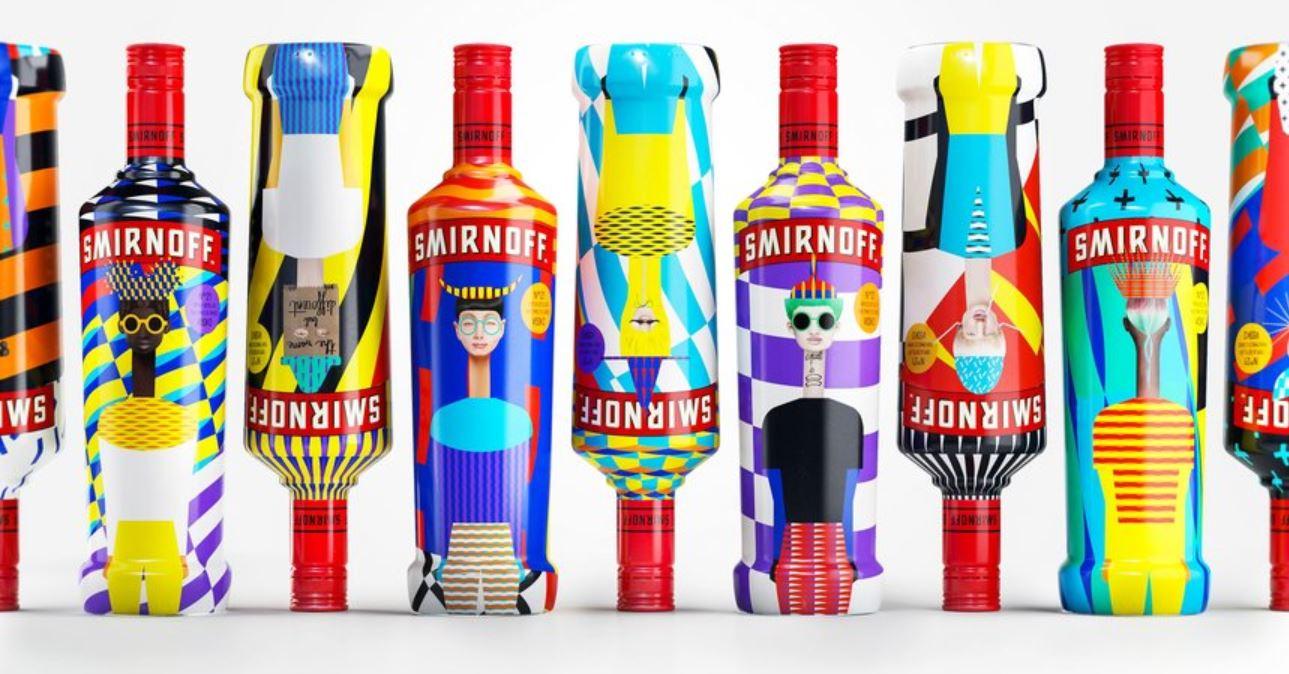
Smirnoff’s award winning limited edition collection in 2018 focused on celebrating diversity.
Brand Personalisation:
With the rise in demand for human connection, consumers are seeking more and more authenticity and relatable storytelling from brands. Being reminded that there are real human beings behind the products we pick off the shelves brings comfort in an uncertain and disconnected time. The key here is to tell your story in an eye-catching and consistent way, so visual storytelling is more likely to grab busy shoppers in a supermarket over a well-written essay. This also brings an opportunity for more vibrant and creative expression through artwork.
3. Clarity
As mentioned above, consumers of today need clear, readable messaging to help them in their buying-choices. Faster shopping for convenience has seen a steady increase in demand over the past decade as our lives have become busier and busier, and now on top of that many people are keen to get in and out of shops as quickly as possible to reduce risk of virus transmission. It’s therefore imperative to not over-complicate your packaging design and focus only on the necessary information a consumer needs to make the buying decision.
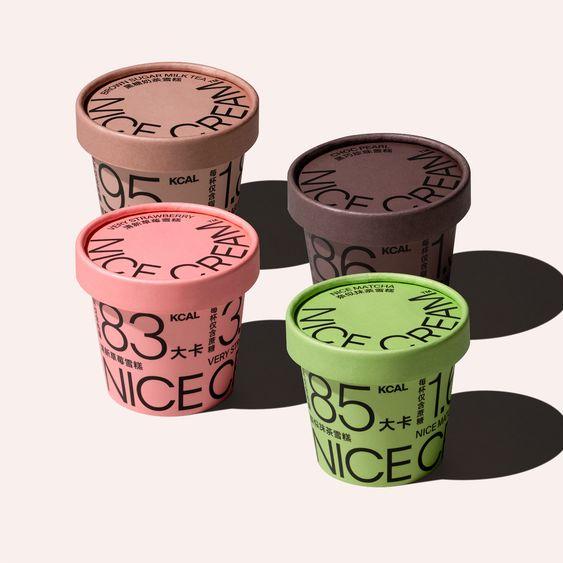
4. Nostalgia and “Newstalgia”
In times of uncertainty, it has been long-noticed that people often turn to nostalgia as a soothing and comforting reminder of good in the world by letting us reflect on “better days”.
2020 already saw renowned brands dipping into their Heritage, which has continued in 2021 with the latest re-brand of note; Burger King, who’s first re-brand in 20 years is an ode to their logo used in the 1990s.
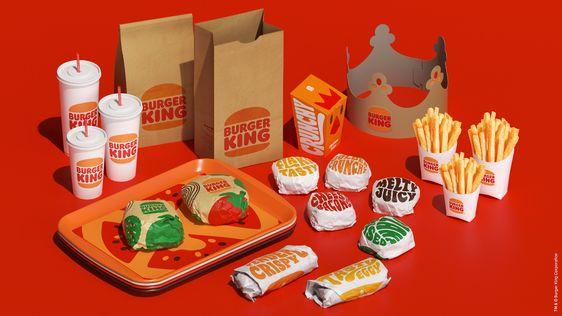
But what about new brands? Although new brands might not have their own company heritage to tap into, many have still sided for a retro or vintage aesthetic in recent months and have been very popular for it. This is likely because it still taps into those warm and fuzzy emotions that come with the “rose-tinted-glasses” mindset. It isn’t quite as simple as just pulling old designs out of the filing cabinet though. As society evolves, so do our ideals. So it’s more about finding that sweet-spot between nostalgic romanticism and modern values.
5. Interactive and Smart Packaging
The recent restrictions imposed on human interaction has unsurprisingly given way for an increase in tech interaction. Almost everyone has had to get more tech-savvy whether they like it or not (Zoom calls with Granny anyone?). Smart and interactive packaging has been developing for some years now, but 2020 gave it the extra push it needed into the mass-market. By incorporating features such QR and AR codes, exclusive web-links, videos and even camera filters, brands can provide a longer-lasting impression and interactive user experience, in-turn leading to a higher chance of their brand being memorable.
Want to know more about interactive packaging? Check out a previous blog piece of ours: “Staying In is the new Going Out” – 6 ways to create user engagement with packaging
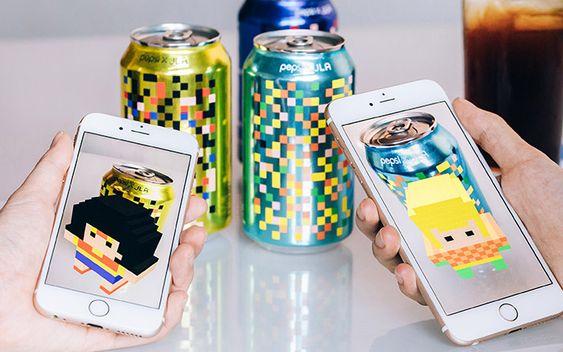
In Conclusion
These trends have already emerged onto the market as a direct result of the unparalleled disruption felt by all in 2020. The key to them though, as with any trend, is understanding how they relate to your brand and product, especially as today’s consumers are wanting more and more authenticity. It’s also wise to be aware of your competitors. What messages are they conveying? How can you differentiate from them? A great place to start is the shelf in the physical store. What does it look like? It’s great to look at trends as a catapult for design changes, but establishing a unique take on them is what will get your product recognised.
Started a new project and struggling with your packaging design?
Or maybe you’re looking for some guidance on a much needed re-brand?
Why not give us a call? We’re not right for everyone, but we always welcome new Enquiries, whatever your project size.

